 Los Angeles, the next stop-over on my journey, needs more water. Marc B. Haefele and Anna Sklar wrote in an op-ed Sunday that Los Angeles is revisiting the East Valley Water Reclamation Project, built in the 1990s at a cost of $55 million, used for a few days then mothballed seven years ago.
Los Angeles, the next stop-over on my journey, needs more water. Marc B. Haefele and Anna Sklar wrote in an op-ed Sunday that Los Angeles is revisiting the East Valley Water Reclamation Project, built in the 1990s at a cost of $55 million, used for a few days then mothballed seven years ago.
The story explains that sewage was treated at the Donald C. Tillman Water Reclamation Plant in Van Nuys and then pumped to spreading fields near Hansen Dam, where, over five years, it would filter through sandy soil and gravel into an underground reservoir.
"Modern water-purification technology is considered totally reliable. It uses micro-filtration and reverse osmosis, which pumps water through permeable membranes, and ultraviolet light to remove all contaminants. The "yuck factor" is now completely imaginary. …
"But what should have been an engineering triumph soon became a PR disaster."
The authors note that Orange County, California, just opened its own half-billion-dollar reclamation program — almost four times the size of the East Valley project — with minimal public opposition. The secret of this success? Transparency.
Ron Wildermuth, district communications director, for the Orange County Water District, was quoted as saying,
"We started telling people from the start that we’re purifying sewage water."
Purifying poop.
Earlier this month, Weekend Australian published a feature noting that Australian health and science authorities have issued a draft of the world’s first safety guidelines on recycling sewage for human consumption. Recycling has been taking place in some areas of the world for decades, but national guidelines have never been created in any of the countries doing so.
"Details of the draft guidelines, released recently, are being seized on by both water experts and anti-recycling campaigners as fodder for their causes. On the "pro" side, the draft guidelines state that it is possible to safely recycle sewage for drinking purposes, as long as strict treatment and management processes are followed.
"But the guidelines set the bar so high that they are likely to stop small, parched towns from taking up the controversial option — an assessment anti-recyclers seeing as a win."
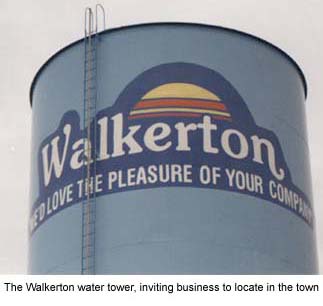 The U.S. Centers for Disease Control and Prevention, called in to help with the outbreak of Salmonellas that has so far sickened 389, found two different parasites — giardia and cryptosporidium — present in the water system before it was flushed with high doses of chlorine last week.
The U.S. Centers for Disease Control and Prevention, called in to help with the outbreak of Salmonellas that has so far sickened 389, found two different parasites — giardia and cryptosporidium — present in the water system before it was flushed with high doses of chlorine last week.
 John Pape, a state epidemiologist, said some residents may have continued to drink tap water after the warnings, adding,
John Pape, a state epidemiologist, said some residents may have continued to drink tap water after the warnings, adding, 

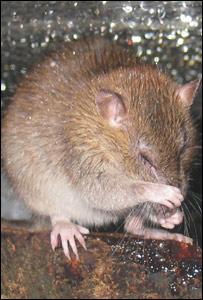 The saga began in early November when a 19-year-old resident noticed the water was "smelly" and she began feeling ill.
The saga began in early November when a 19-year-old resident noticed the water was "smelly" and she began feeling ill. Producers shooting the new Batman movie have, reports
Producers shooting the new Batman movie have, reports 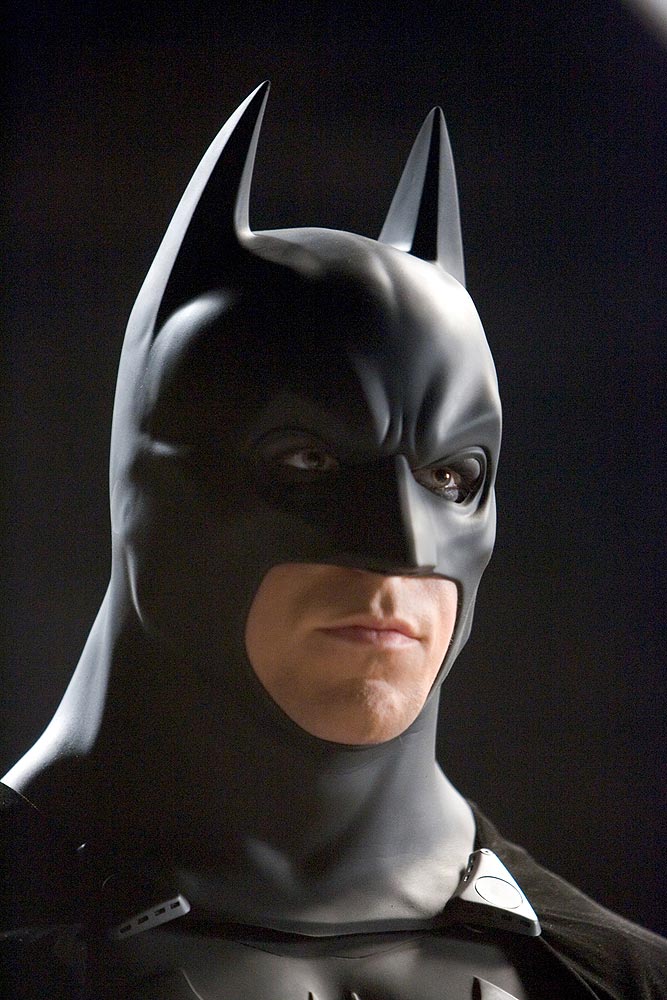

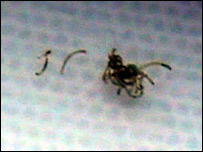 Scottish residents
Scottish residents One Chinese family on the southern island province of Hainan decided to test a bottle of water on a chicken to see what would happen.
One Chinese family on the southern island province of Hainan decided to test a bottle of water on a chicken to see what would happen.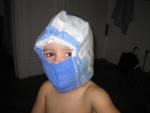 As cases of cryptosporidium continue to crop up across the
As cases of cryptosporidium continue to crop up across the  Los Angeles, the next stop-over on my journey, needs more water. Marc B. Haefele and Anna Sklar wrote in an
Los Angeles, the next stop-over on my journey, needs more water. Marc B. Haefele and Anna Sklar wrote in an